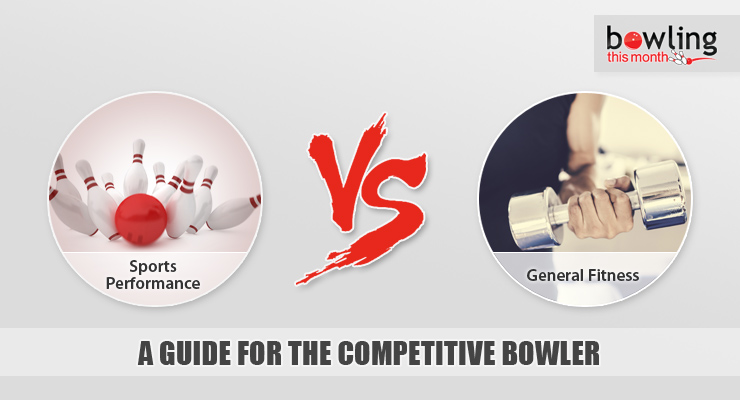Article Contents
- 1. Mobility
- 2. Injury prevention
- 3. Power
- 4. Strength
- 5. Conditioning
- 6. Phases of training
- 6.1. Off-Season
- 6.2. In-Season
- 7. Summary
- 8. References
Note: This article is only available to Bowling This Month subscribers.
Prior to diving into the strength and conditioning field, the only sports I played growing up were bowling and track and field. With track and field, the majority of our training involved running and total body work. We never hit the weight room.
After I received my personal training certification and began working with clients, I found a majority of clients had weight loss goals or were physique focused. When I began studying for my Masters degree, I found out quickly there is a definitive difference between exercise programming for an athlete and exercise programming for a general fitness client with weight loss, gain, or maintenance goals.
The purpose of training for an athlete is not solely to improve performance, but also to reduce the risk of injury. No matter what sport an athlete plays, it requires some sort of repetition of movement patterns, practicing drills over and over again, and repeating plays or shots to gain accuracy and consistency.
No matter what sport we discuss, there is an arm or a leg that is dominant over the other. While we can practice drills to train our non-dominant side, it is difficult to get it to the same accuracy or speed as the other. Because of this inevitable occurrence, strength training for an athlete becomes important to counteract those imbalances in our bodies and reduce the likelihood of overuse injuries. This is also the reason that being in-season or out-of-season dictates the volume, intensity, and modality of training.
Programming for a bowler is approached like any other athlete. A difference between bowlers and other athletes can be that we don’t necessarily have an in-season or out-of-season time. Many bowlers continue with leagues or tournaments all year round, with certain weeks or months having a more competitive schedule than others. This makes it even MORE important for a bowler to be cautious of their training variables to avoid overuse injuries and repetitive stress to the joints, especially in the knees, hips, wrist, and shoulders.
So, how does a bowler go about creating a training program? For starters, consider those injuries we are trying to avoid. To break it down, let’s consider some facts that ...
Already a premium member? Click here to log in.


